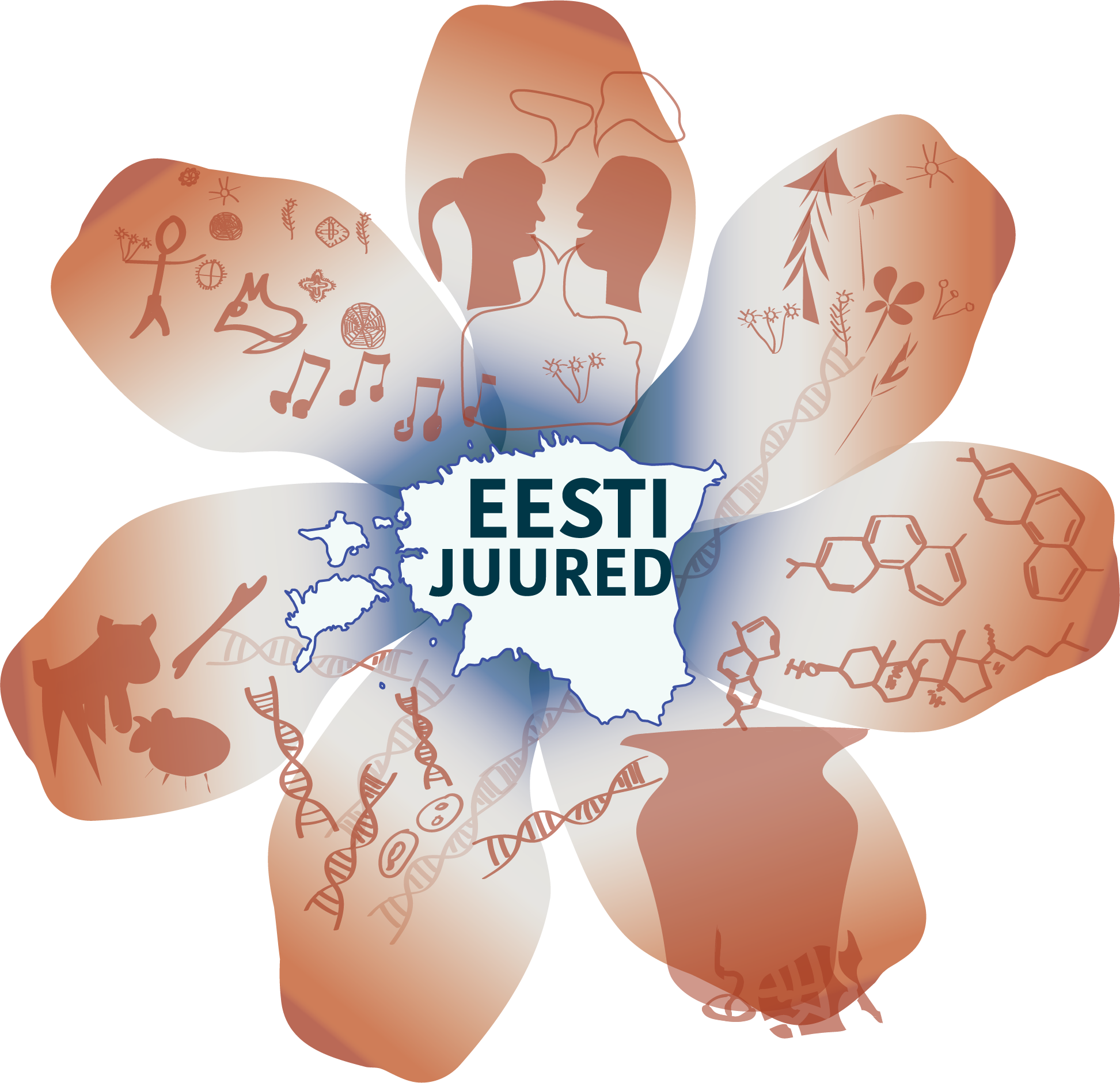The oldest Estonian, Finnish and Latvian stone(-cist) graves are generally characterised by inhumation, although the custom of cremation likewise has a surprisingly long history. Thus, the oldest cremation burials of the Finnish so-called burial cairns date back to c. 14th–12th centuries BC, the Reznes type barrows on the lower course of River Daugava having a similar age. The oldest cremation in Estonia found so far in the Tõugu II grave has been dated to the period 1260–1025 BC. Whereas cremation is found often in Finnish and Latvian Bronze Age graves, inhumation is the prevalent custom in Estonian stone-cist graves.
The oldest grave goods in Finnish burial cairns belong to the II period of the Scandinavian Bronze Age (1500–1300 BC), in the Reznes type barrows to the III period (1300–1100 BC), and in the Estonian stone-cist graves only to the IV period (1100–900 BC). In all of the mentioned tumulus groups, bronze artefacts imported from Scandinavia (and more generally from the western cultural space) dominate during this timeframe: in Finland, three swords, many daggers, axes, razors, knives and buttons, as well as one spearhead have been found. Bronze razors and knives, tweezers, buttons, etc., of Scandinavian origin have been found in the oldest Estonian stone grave chests, but no weapons. In addition to the mentioned above, some artefacts of an eastern or southeastern origin are known: flat-spiralled and cone-spiralled temple adornments. Among the grave goods of the stone-cist graves especially in North Estonia, a unique group is made up of bone spade-ended decorative needles. Flint arrowheads, bronze tweezers, razors, spirals, bronze and amber buttons, etc. have been found in Reznes type barrows.

Whereas Early and Middle Bronze Age stone graves are almost completely void of pottery, in Late Bronze Age barrows, especially in Estonia, pottery is very frequent. The discovered pottery represents forms that could originate from the Volga-Oka-Moscow river region of the East European forest zone (so-called Tapiola ceramics). Clay vessels can appear as both grave goods and as signs of other burial customs (e.g. of a wake). In addition to ceramics, bone needles, although sometimes also bronze and even iron decorative neeldes and bracelets can be found in late stone-cist graves, likewise a few bronze necklaces are known. In Finnish late Bronze Age barrows, there are no longer weapons, although bronze axes, decorative needles, bracelets and necklaces, tweezers, razors, one comb and even a piece of gold sheet have been discovered. Similar pottery to the North Estonian one is found in North Latvian stone-cist graves. Additionally, amber buttons, a bronze necklace, at times also and iron dagger and spearhead have been found. Thus, the majority of metal objects in our stone graves (incl. stone ships) originate from the western cultural tradition, only a few having been brought from the east or southeast. However, pottery appearing in barrows from the 10th-9th centuries BC onwards has eastern roots.


